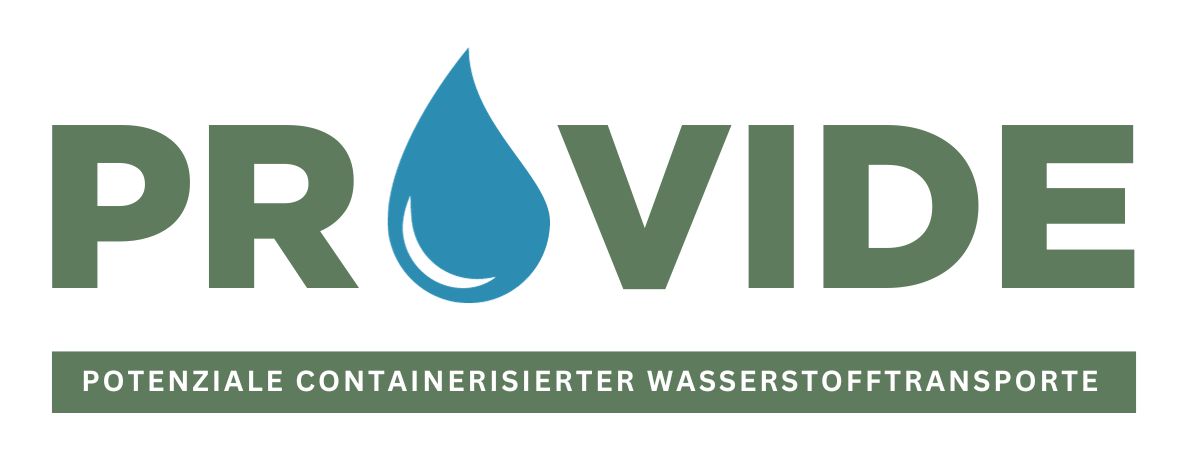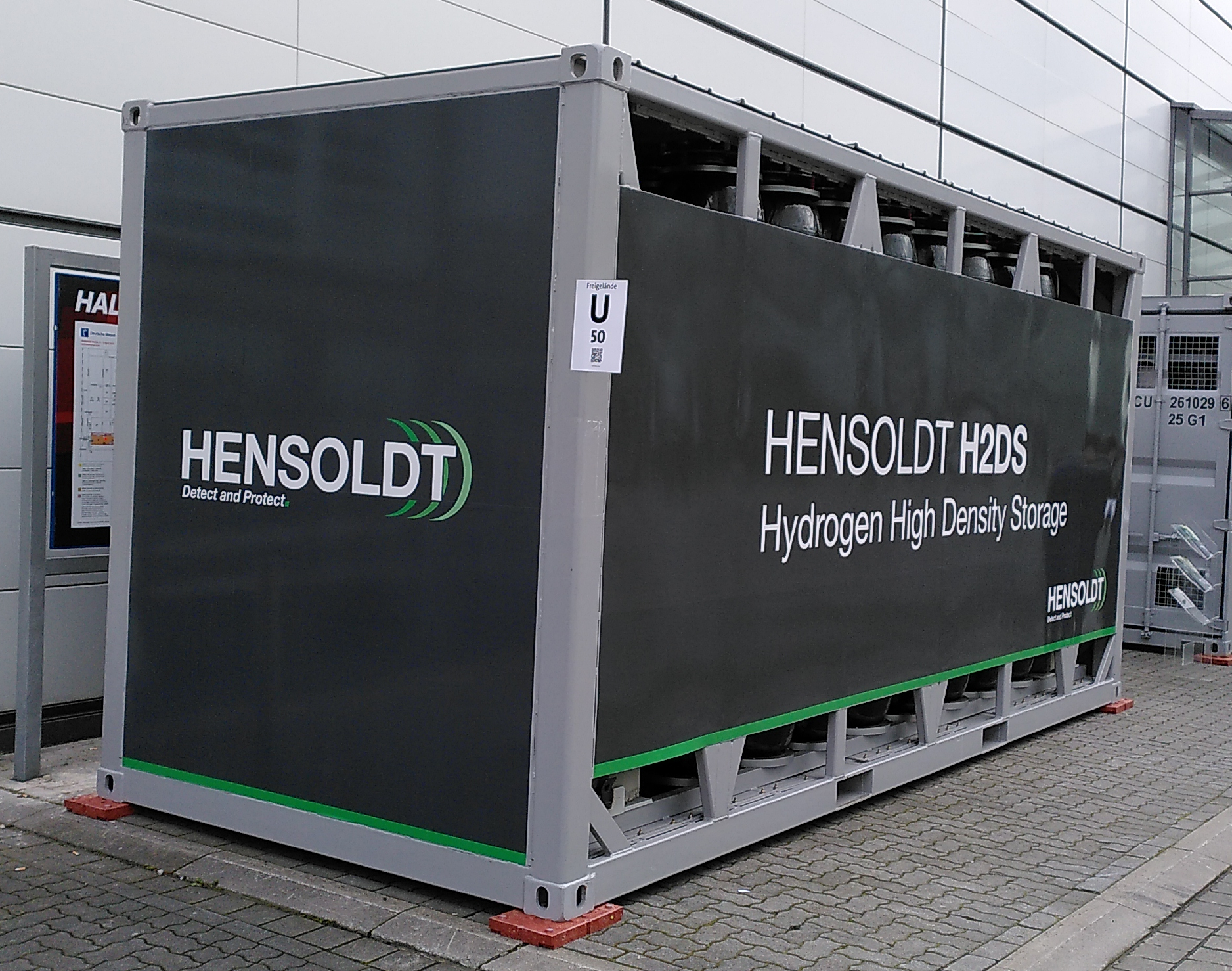ISL study PROVIDE sheds light on the potential of containerised hydrogen transports
Against the backdrop of the energy transition, the current situation with the successive shutdown of coal and nuclear power plants and supply bottlenecks for natural gas combined with the gas price trend shows the need to become less dependent on fossil fuels from both an ecological and an economic perspective. Blue and green hydrogen are a good way of promoting this independence. This independence concerns areas such as industrial production, the supply of residential and commercial neighbourhoods with combined heat and power plants (CHP), the operation of emergency power generators, the construction of hydrogen refuelling stations as well as logistics applications and research projects.
The transition to climate neutrality in Germany will require significant imports of green hydrogen. The hydrogen can be imported by pipeline or ship. Existing natural gas pipelines can be converted - experts estimate a realisation time of three to five years. The construction of a new hydrogen pipeline is expected to take up to ten years.
Imports by ship are therefore an important alternative. However, for the transport of hydrogen in its pure form as a bulk commodity, there are currently neither ships nor transshipment or storage facilities of sufficient scale. Another hydrogen import option that has not yet been investigated in detail in the maritime sector is the transport of compressed gaseous hydrogen in special pressurised gas containers. There is great flexibility in that the hydrogen containers can be transported as "additional cargo" using the existing infrastructure and means of transport for standard containers.
The concept of containerised hydrogen also offers small producers the opportunity to produce hydrogen and use the existing container network with flexible supply chains to participate in the hydrogen market from anywhere in the world. With its container terminals and established transport chains, Bremerhaven offers an existing structure for the import of containerised hydrogen and can contribute to the security of supply of hydrogen to German consumers.
In this study, various concepts and their potential for the use of hydrogen containers for hydrogen imports are analysed and evaluated with regard to possible implementation.


Funding notice


